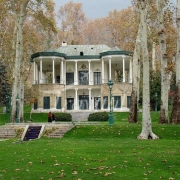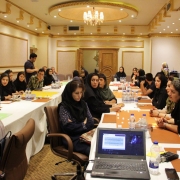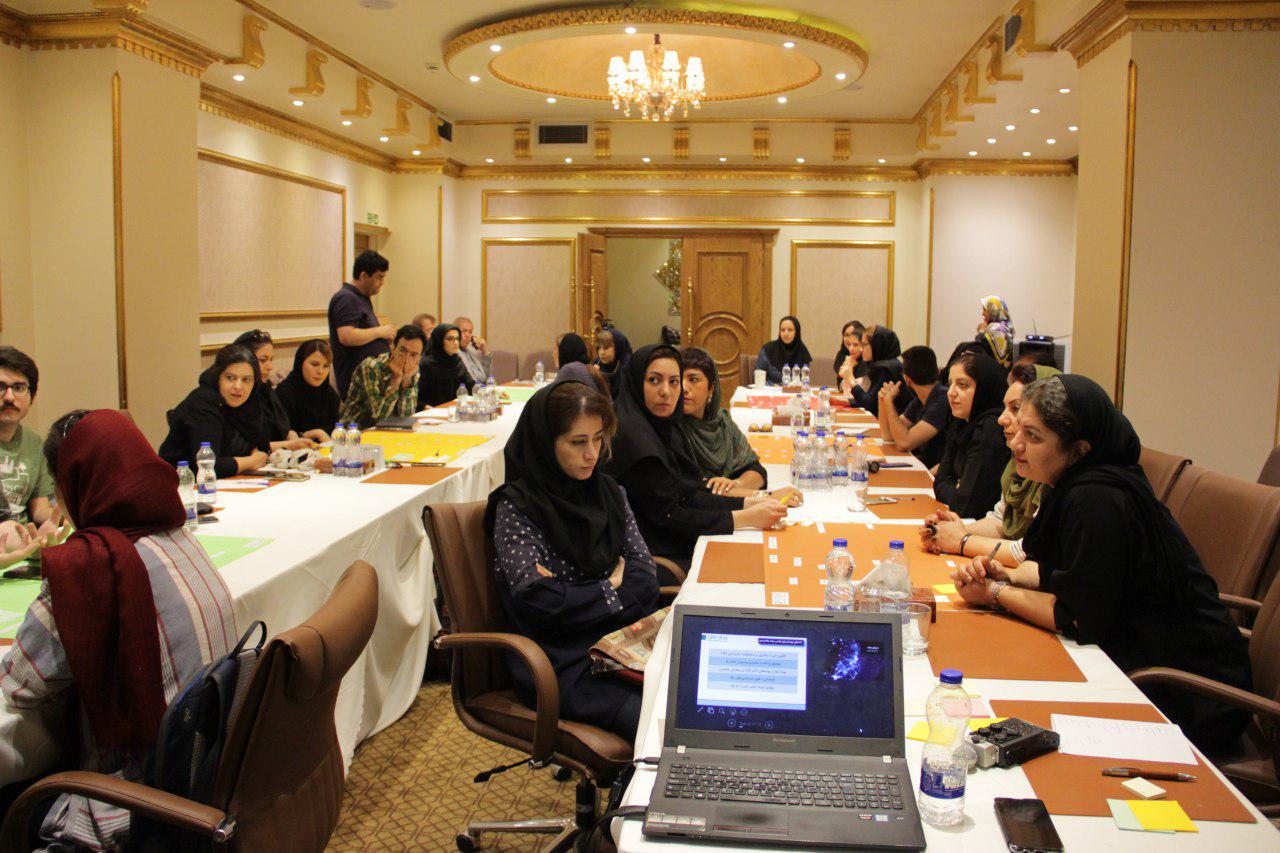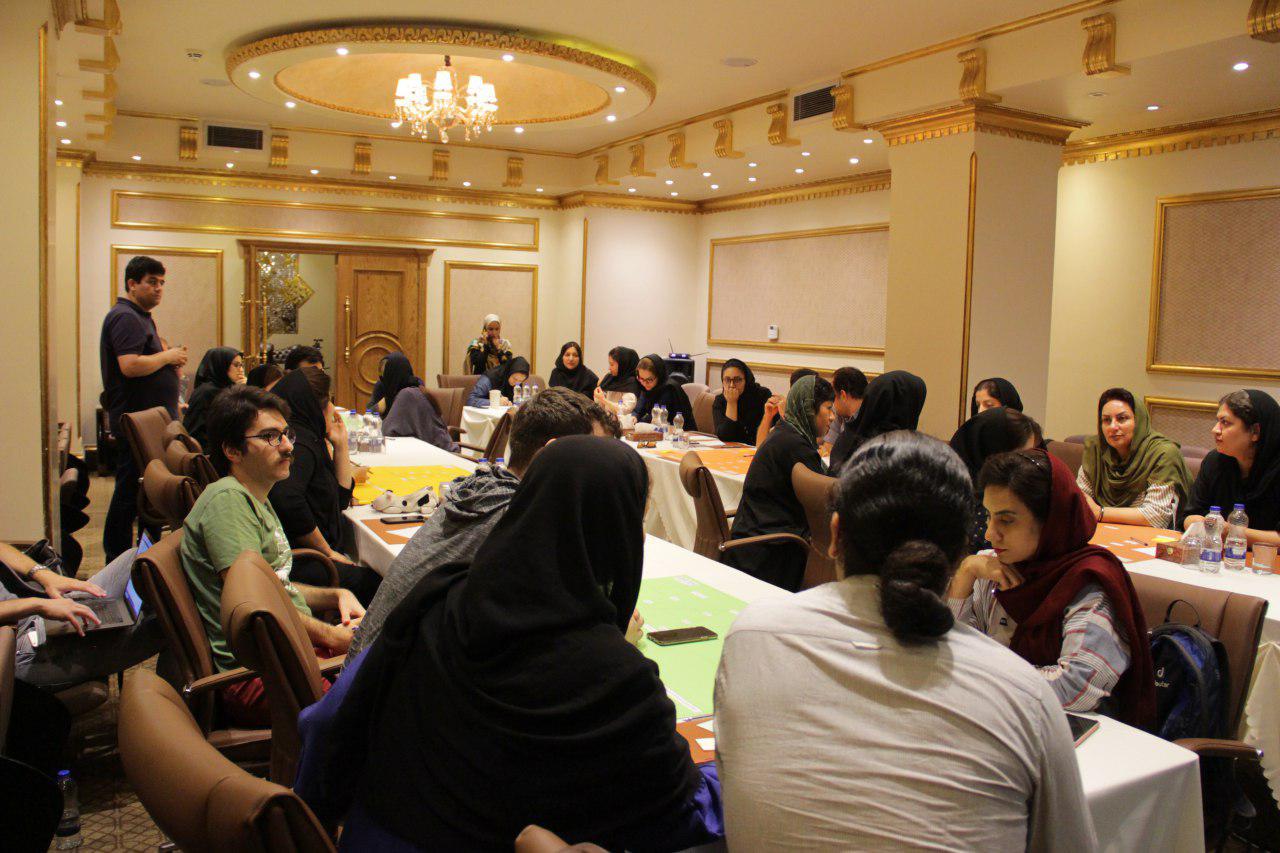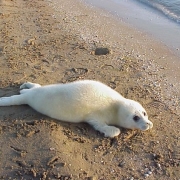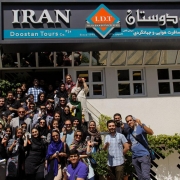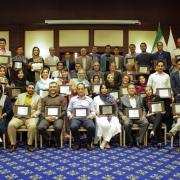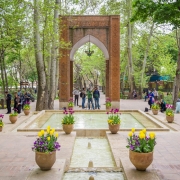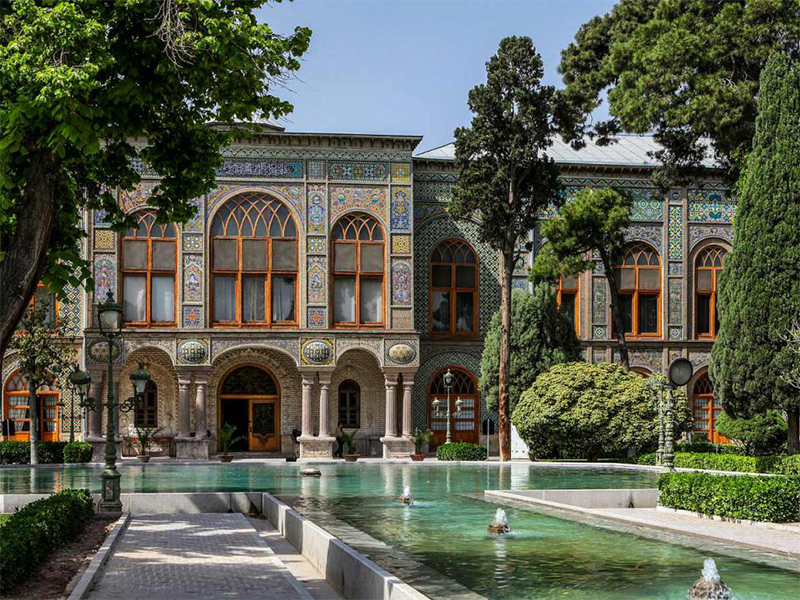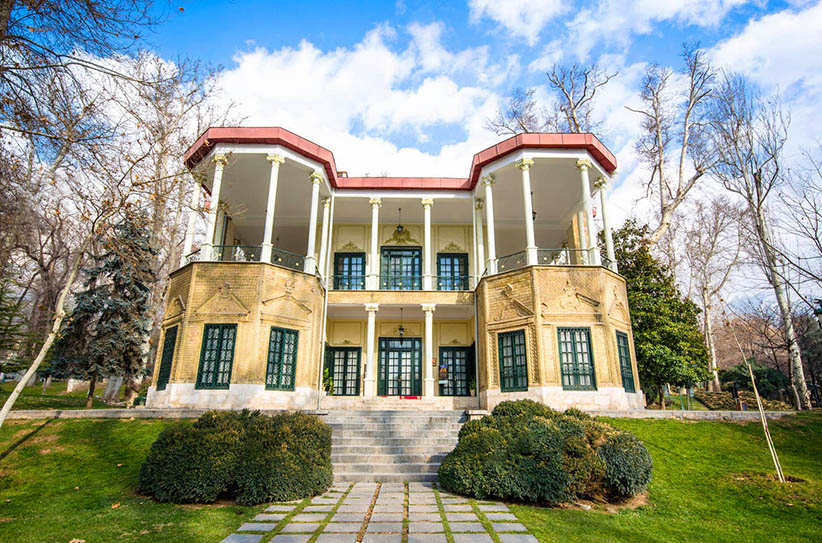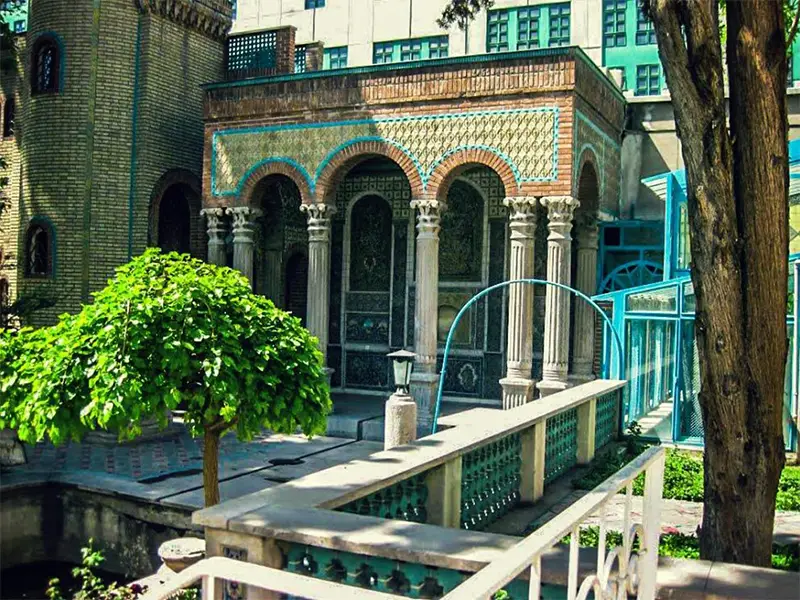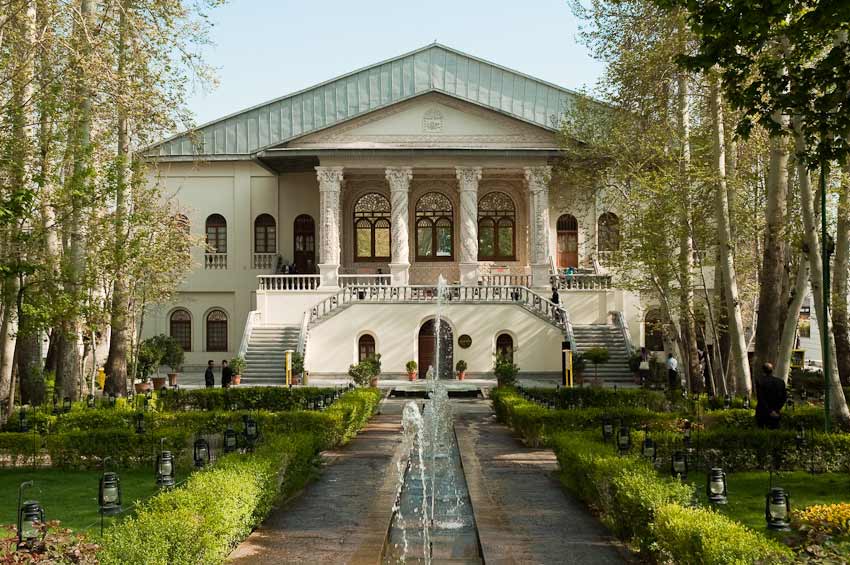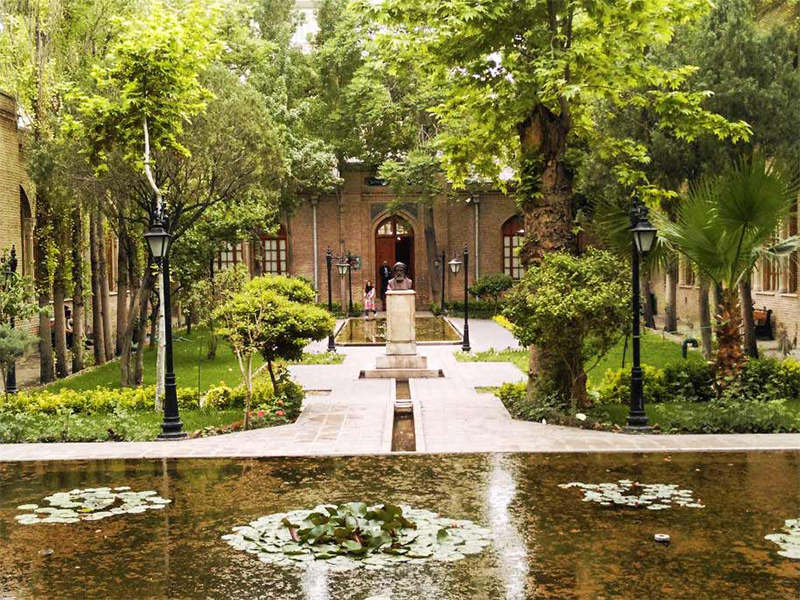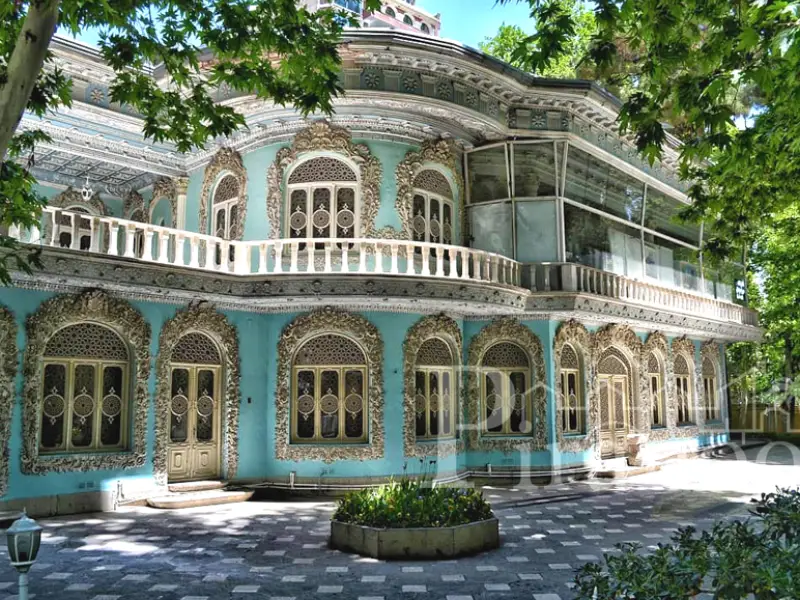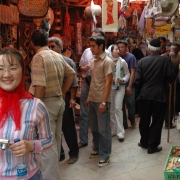We are honored to have been a pioneer in operating cultural tours in Iran. Our exclusive tour itineraries and experienced team have provided memorable experiences for many travelers so far. However, just like many other businesses, we expanded our services to cover more diverse Iran travel packages later. Today, the IDT team is providing a diversity of Iran travel packages and there are also tailor-made tours available, in case our clients’ requests, which could be discussed according to their preferences. The most prominent types of tours we are offering right now include:
Cultural tours
Iran is the land of ancient culture and tradition, so the first thing the word Iran tour would bring to your mind is cultural tours. Cultural tours to Iran offer its own diversity. Some types of tours we are now providing include Persian silk road tour, Iran west to north tour, crossing Iran through Turkmenistan, Authentic Persian civilization, tours to Iran World heritage sites, Iran culinary tour, and Iran astronomy and stargazing tour.
Adventure tours
Believe it or not, Iran is a land of adventures! There are plenty of pristine landscapes and pure-adrenaline activities calling you here. ID adventure tours include Damavand ski tours, Dizin ski tours in Iran, mountain biking in Iran, Birdwatching in 10 days, trekking in Alborz and Zagros, and also caving tours in Iran.
Safari tours
You would have the opportunity of exploring a desert in which people historically believed that it could not be crossed when traveling to Iran. Although we have exact plans to deal with all difficulties, the nature of these trips is to expect the unexpected. Special dune riding techniques with optional activities like sandboarding and skiing on dunes will pump adrenaline into your veins. Campsites with panoramic views of sunrises and sunsets over spectacular oceans of dunes will make an unforgettable memory of a special expedition in one of the most pristine deserts in the world.
MICE tours
MICE Department at Iran Doostan is specialized in planning and organizing MICE events as well as arranging for post-meeting tours. Our team of qualified MICE staff members is dynamic, well-experienced, highly devoted, and cooperative who have held many events successfully so far. They are equipped with up-to-date know-how MICE expertise who are capable of coping with emergencies.
Medical tours
Iran is considered one of the main hubs of medical tourism in the Middle East. World-class medical services by professional surgeons and also the low costs of such reliable medical services have made this country a popular medical destination in the Middle East and around the world. The most common cosmetic surgery in Iran is rhinoplasty.
As an experienced travel agency, Iran Doostan Tours Co. is ready to connect you to the best medical centers with high-quality services in Iran.
Religious tours
Persia once was a land with great unity over the world’s most multi‐national, multi‐lingual, multi‐cultural, multi‐religious, and multi‐ethnic region. Iran is the pilgrimage destination for those who practice Islam, Christianity, Zoroastrianism, and Judaism.
Religious tours to Iran include the pilgrimage to the holiest shite shrines, visiting ancient mosques, and other holy sites such as important churches, fire temples, and Towers.
If you already have a call for sending package tours to Iran or book Iran travel packages, do not hesitate to get in touch right now via info@idt.ir.
Posts
Customer Loyalty Workshop at Iran Doostan
Customer Loyalty Workshop at Iran Doostan
Iran Doostan Tours Co. Pjs. (IDT) held a new workshop in Tehran Grand Hotel to train its employees, increase their knowledge, and to enhance their attitude toward Customer Loyalty Strategies.
As a pioneer of tourism industry in Iran, IDT believes that improving employees’ skills would result in providing satisfactory customer services as well as developing customer loyalty for the organization. As a matter of fact, a company who would like to increase its customer loyalty, has to go beyond customers’ expectations and should find out how to deal with various levels of needs among customers.
The workshop covered basic concepts and practical skills which are essential to create and maintain Customer Loyalty. In this session, the importance of loyalty and how to create emotional connections and exceptional experiences to differentiate in tourism market and also how to drive revenues and growth were discussed.

Reviewing the conceptual frameworks, the participants cooperated in different teams, based on different sectors of IDT (Cultural, adventure, MICE, operation, Matin Abad, marketing) to practice these lessons. Each team started writing its own goals and objectives and then segmented the customers according to their various levels of needs into three groups and finally they tried developing action plan to build loyalty. Customer segmentation is the most challenging part of customer loyalty programs, since it will be a guide to the following steps; it would specifically contribute to campaign planning and balancing marketing costs with customer lifespan value.
Discussing four regular customer club models, evaluating customer lifespan values (CLV) and applying reward programs to various classes of customers were also the main subjects of this workshop.
At the end of the event, all employees were surprised by receiving a flower for the occasion of national tourism week in Iran.
Top 10 Garden Museums in Tehran (Photos, Timing)
Tehran is known as “the city of museums” among people. This bustling metropolis embraces picturesque historical garden museums as well. These amazing attractions combine history narrations with artistic creations to exhibit glorious history as well as man-made artifacts. Though the heavy traffic and crowded streets are sometimes annoying, garden museums in Tehran can provide you a peaceful relaxing atmosphere to escape the city chaos. Let’s explore the top 10 historical garden museums in Tehran you shouldn’t miss for an enjoyable visit and a memorable experience.
Golestan Palace
Golestan Palace Complex is the only UNESCO Heritage Site in the heart of Tehran. It sits in a region initially called Tehran Arg which was the city’s gateway in the Qajar period. The palace was established during the Safavid era. Zand dynasty renovated it. Then, the founder of the Qajar dynasty, Agha Mohammad Khan, selected the palace as the official residence of the Qajar dynasty (1794-1925). Moreover, it became the center of artistic creations. The palace complex is composed of seventeen palaces and halls of different ages surrounding a picturesque garden. Each building is a treasure of architecture, art, and decorative craftsmanship. Golestan Palace has witnessed some significant moments in Iran’s history such as the coronation of the Qajar and Pahlavi kings. Shams-ol Emareh, or the Sun Building, the first recreational tower of Tehran, is one of the valuable features of this palace complex. It enjoys a good view of the Tehran landscape from its rooftop. Takht-e Marmar Terrace (Marble Throne), Talar-e Ayeneh (Mirror Hall), Khalvat-e Karim Khani (Karim Khan Nook), and Emarat-e Badgir (the Wind Catcher) are among the prominent halls that should not be missed.
Opening hours:
Spring and summer: Every day from 9:30 a.m. to 18:30 p.m. except for public mourning holidays
Fall and winter: Every day from 9:00 a.m. to 16:30 p.m. except for public mourning holidays
Location: Click Here
Saadabad Palace
Saadabad Palace is a cultural and historical complex located in Shemiran, at the northernmost part of Tehran. Its lavish garden, covering an area of 110 hectares, embraces 18 palaces and galleries dating back to Qajar (19th century) and Pahlavi periods. The area was used as a summer palace for the Qajar royal family at first and later, as the summer residence of Pahlavi dynasty. It turned into the museum after the revolution in 1972. The Green Palace- the first palace built during Pahlavi period, the White Palace or Mellat Museum that is the largest mansion, the Black Palace (or Fine Arts Museum), the Military Museum, and the Dafine Museum (or Museum of Treasure) are just some of the remarkable palaces and museums for tours to Tehran. There is much more to see in the complex! After your visit, you can make your way to Tajrish Bazaar for shopping or to Darband for relaxing, drinking tea or eating traditional food in the cafes or restaurants settled along the river.
Opening hours: Every day from 9:00 a.m. to 18:45 p.m. except public mourning holidays (Last entry: 17:00)
Location: Click Here
Niavaran Palace
Niavaran Palace is a historical complex located in a landscaped garden in the north of Tehran. The complex traces its origin to the Qajar dynasty. It was used as the summer residence by the Qajar monarchs. The pavilions were added to the complex during the reign of different Qajar kings. Today, Niavaran Palace consists of five museums including Niavaran Palace (the primary residence of the last royal family), the private library containing about 23000 books, Ahmad Shahi Pavilion (built during the late Qajar era), Sahebqaraniyeh Palace, and Jahan Nama Museum. Some copies of inscriptions from ancient times of Persia are exhibited in the garden as well.
Opening hours:
Spring and summer: Every day from 9:00 a.m. to 18:00 p.m. except public mourning holidays
Fall and winter: Every day from 8:00 a.m. to 16:00 p.m. except public mourning holidays
Location: Click Here
Moghadam Museum
Moghadam Museum is one of the most precious museums in Tehran. The house dates back to the Qajar period. Mohsen Moghadam- one of the Iranian pioneers of archeology who inherited the house from his father- and his French wife dedicated life to collecting valuable historical objects from around the world. They bequeathed the family house with all its treasure to Tehran University.
Opening hours: Every day from 9:00 a.m. to 17 p.m. except Saturdays and public mourning holidays
Location: Click Here
Ferdows Garden
Baq-e Ferdows (literally the paradise) is a historical complex, covering 20 thousand square meters, in Tajrish in the north part of Tehran. It was called Ferdows since the beauty of its garden, pools, and fountains, as well as the splendid decorations of the mansion, replicated the beauty of heaven on earth. The complex was founded during the reign of Mohammad Shah Qajar (1808-1848). It was also used to be called Mohammadieh at that time. After the king’s death, the complex underwent alterations over the years. The two-floor mansion (the oldest part was completely destroyed) in the middle of the complex is applied as the Cinema Museum of Iran from 2002. It is decorated with patterned pillars and moldings. The museum exhibits photos, posters, and equipment of Iran’s movie industry. In fact, it presents and safeguards Iran’s cinema heritage. It is usually the host of different cultural events such as theater shows. The garden embraces two movie theaters, two cafeterias, and gift shops. Ferdows garden is close to the museums of Time and Music, as well as Imamzadeh Saleh.
Opening hours:
Every day from 9:00 a.m. to 19:00 p.m. except Fridays and public mourning holidays (Last entry: 18:15)
Location: Click Here
Negarestan Garden
This beautiful garden is located in the central part of Tehran. It was built in 1802 by the order of Fath Ali Shah- the second Qajar king- as a summer residence. The halls are ornamented with mirrors. Since the mansion was decorated by the most prominent painters’ works, it was named Negarestan, literally meaning a place encompassing many pictures. The museum in the garden exhibits the paintings of Kamal-ol Molk (1847-1940) – the leading Iranian artist- and a number of his students. Negarestan garden was turned into the school of fine arts by Kamal-ol Molk in 1911. In 1934, some parts of this historical garden were used by Tehran University to hold educational courses. Today, the garden has been changed into the museum of Tehran University’s history and glory. An open-air café in the garden offers the visitors refreshing drinks and a traditional menu in a pleasant environment. It takes only five minutes to walk from the Baharestan metro station to this beautiful garden. It is also very close to several museums and tourist sites such as the National Jewelry Museum, National Museum of Iran, cafes, and restaurants.
Opening hours:
Museums: Every day from 9:00 a.m. to 18:00 p.m. except Mondays and public mourning holidays
Garden: Every day from 9:00 a.m. to 22:00 p.m. except for public mourning holidays
Restaurant: Every day from 9:00 a.m. to 22:00 p.m. except for public mourning holidays
Location: Click Here
Masoudieh Palace
The five-hectare Masoudieh Palace (Emarat-e Masoudieh) is one of the most beautiful historic houses in the center of Tehran dating back to the Qajar period. Its beautiful Iranian-European architecture made this place a popular attraction for the residents as well as the tourists and travelers who wish to experience the Tehran city tour. The Divankhaneh palace is decorated with stucco, colored glasses, ceramics, gridded doors and windows, symmetrical floral patterns and geometrical motifs, calligraphy, and murals. The palace was built in 1878 by order of Naser al-Din Shah Qajar for his son Masoud Mirza- the governor of Isfahan. Over time, it was used for different cultural, historical, and political purposes: the main gathering center for the Iranian Constitutional Revolution (1905-1911), the first official library (1926), the national museum of Iran, and Ministry of Education (1967). There are two mansions, a restaurant, and an entrance hall in the complex. The restaurant, with a traditional design, serves traditional food and drinks in a cozy environment. Some cultural classes and galleries are held in this historical mansion on different occasions throughout the year.
Opening hours: Every day from 9:00 a.m. to 16:00 p.m. except on public holidays
Location: Click Here
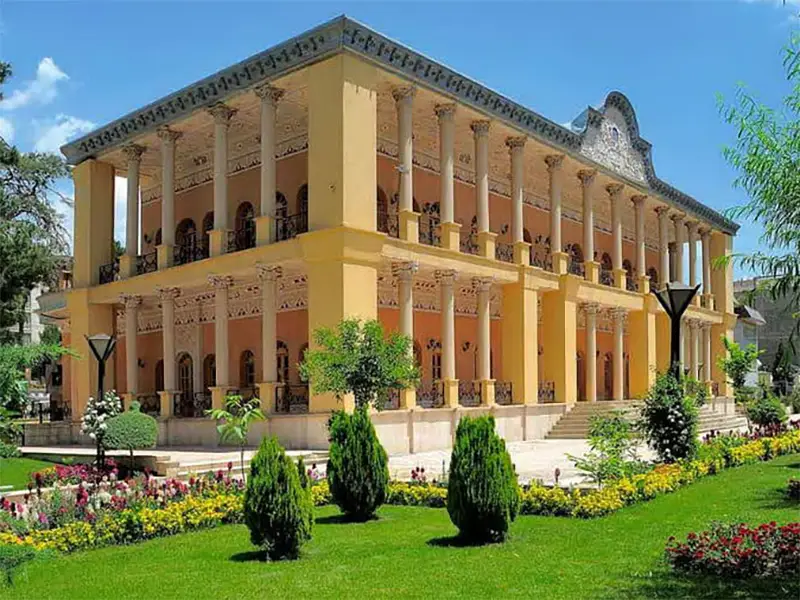
The five-hectare Masoudieh Palace (Emarat-e Masoudieh) is one of the most beautiful historic houses in the center of Tehran
Time Museum
Time Museum was inaugurated in 1999. The two-story mansion, dating back to the Qajar era, is a mixture of architecture, amazing plaster works, and tile works. Outdoors, the visitors can see some models of old sundials, clepsydras, hourglasses, and the like some going back to 5000 years ago. The first floor exhibits the evolution of clocks from the seventeenth century to the present. Different kinds of clocks- pendulum, wall, floor, mantel and tabletop, bracket, cuckoo, chime shut off, musical, atomic, etc. – ornamented with sculpture, enamel, and mosaic have been presented by other countries to Iran. The first Iranian-made clock is kept here too. The second floor displays the prominent political, historical, and scientific characters’ watches, as well as other kinds of clocks such as marine, and military clocks. The evolution of time measurement tools, mechanical clocks and watches, and some fossils from different geological periods are exhibited on this floor as well. The walls of the museum show the documents on the Iranian calendar. There is a café in the garden where you can relax and refresh. Its breakfast is popular among visitors. It is close to a number of attractions such as Saadabad palace, Niavaran palace, Tajrish traditional bazaar, and Cinema museum in Ferdows garden.
Opening hours: Every day from 9:00 to 18:30 from Saturdays to Wednesdays and from 10:00 to 18:30 on Thursdays and Fridays except national holidays
Location: Click Here
Iranian Art Museum Garden
Though the Museum Garden of Iranian Arts (or Bagh-e Honar-e Irani) is not a historical site, it contains replicas of twelve Iranian historical buildings and monuments in miniature size. The small models of prominent tourist sites, made by Italian artists in the Pahlavi period, such as Tehran’s Azadi Tower, Zanjan’s Soltaniyeh Dome, Kashan’s Fin Garden, Shiraz’s Naqsh-e Rustam, Urmia’s St. Thaddeus Monastery, and Isfahan’s Chehel Sotoun are scattered in the beautiful garden surrounded by handicraft shops, a bookstore, a restaurant, and a cafe. Here’s a nice spot for walking, shopping, eating, relaxing, and mingling with locals. Moreover, art exhibitions and workshops are sometimes held here. The garden and its mansion were built in 1932 but opened as a museum in 2008. It covers the nearly one-hectare area in Elahieh near Tajrish square in the north part of Tehran.
Opening hours: Every day from 9:00 a.m. to 21:30 p.m. except for public mourning holidays
Location: Click Here
Tehran’s Persian Garden
Persian or Iranian Garden (or Baq-e Irani) is located in an old neighborhood known as Vanak Village (Deh Vanak) in northwest Tehran. Though it is not that much big, you can spend some peaceful moments there in the chaotic city of Tehran. It is also very convenient. This beautiful garden follows the amazing pattern of Persian Gardens’ architecture and design in ancient Persia. The brooks are flowing around and the tiny fountains are scattered along the way in the garden. Due to the beautiful tulips, the garden is scenic, especially in the springs. The building in garden was built in the traditional Persian style. It is decorated with colorful latticed windows.
Location: Click Here
Are you planning to travel to Iran? Check out our Iran tours.
iran visa for chinese: Iran Waives Visa For Chinese Tourists
Chinese tourists will no longer require a visa to travel to Iran. Iran’s government has approved a visa waiver program for Chinese tourists. According to Vali Teymouri, the deputy head of Iran’s Cultural Heritage, Handicrafts and Tourism Organization (ICHHTO), the decision was made by President Hassan Rouhani’s cabinet and it will be announced officially after due process.
The authorities in the Islamic Republic of Iran have decided to abolish entry visa to Iran unilaterally for Chinese nationals with the purpose of attracting more Chinese tourists to the country.
Iran’s Tourism officials have been trying to take some similar measures to boost the tourism sector to increase revenues under U.S. sanctions. For example, Iran announced earlier that the foreign tourists’ passports will no longer be stamped to skip the U.S. travel ban.
Contrary to all sanctions, ancient Iran witnessed considerable growth in tourist arrivals in the last fiscal year (ended March 20, 2019) comparing the preceding year.
Are you planning to travel to Iran? Check out our Iran tours.

